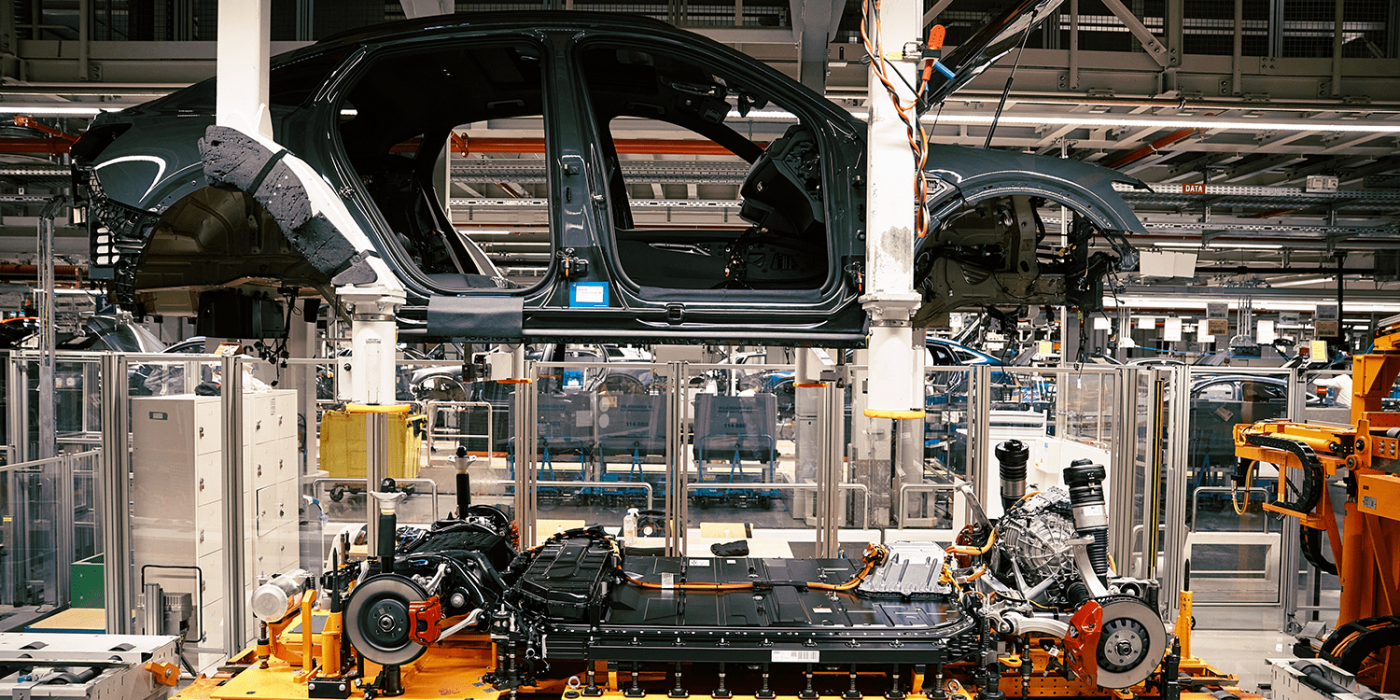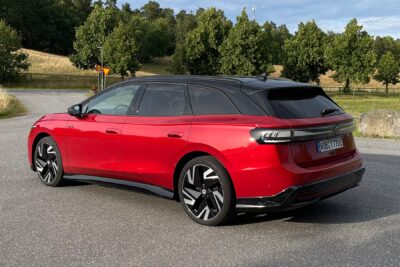Audi to upgrade all factories for EV production by 2029
Audi has presented its plan for future production strategy under the slogan ‘360factory’. By the end of this decade, the brand will manufacture electrically powered models at all production sites worldwide.
The background to this is Audi’s announcement that from 2026 it will only be launching new battery-electric models on the market and that it will gradually phase out the production of internal combustion engines by 2033. However, the Ingolstadt-based company left a back door open for the Chinese market when making the announcement: They expect demand to continue there beyond 2033, which is why there could be a supply of vehicles with combustion engines from local production.
In Europe, on the other hand, it is to become fully electric. Currently, two Audi sites are producing fully electric vehicles in series: the Böllinger Höfe in the German Neckarsulm and Brussels, Belgium. The Q8 e-tron is built in Brussels, the e-tron GT in the Böllinger Höfe. The MEB models Q4 e-tron and Q4 Sportback e-tron are not built at an Audi plant, but at Volkswagen’s factory in Zwickau.
According to the current announcement, the Audi Q6 e-tron will be the first purely electric model to roll off the production line in Ingolstadt from 2023 – Audi is therefore sticking to the 2023 schedule, while Porsche had already confirmed a delay to 2024 for the electric Macan in July. In Neckarsulm, San José Chiapa and Győr, too, production of purely electric cars will start successively in the following years. In 2029, all production sites will manufacture at least one fully electric vehicle.
Audi to focus on upgrading existing production infrastructure
Audi does not specify specific electric vehicle models for the locations which are to be upgraded for EV production in the announcement. For the main plant in Neckarsulm, however, the A6 e-tron and the associated station wagon model are considered to be set. If the current division of the plants remains, a compact model could be produced in Győr, Hungary (currently A3). The Q5 for the global markets is currently being built in San José Chiapa, Mexico. What is clear, however, is that all employees at the production plants are to receive further training by 2025, for which Audi has budgeted 500 million euros.
Audi states that “unlike many competitors” it is building on the existing production network – BMW, for example, is setting up a completely new plant in Debrecen for the ‘New Class’ EV models. “Step by step, we are bringing all our sites into the future,” says Audi Board Member for Production Gerd Walker. “We don’t want any standalone lighthouse projects on greenfield sites. Instead, we are investing in our existing plants so they end up being just as efficient and flexible as newly built production sites or greenfield plants.”
Production of the remaining combustion models will be phased out gradually by the beginning of the next decade, “adapted to local conditions.” New plants will be built exclusively where additional capacity is needed: For example, Audi is currently working with FAW in Changchun, China, to build a production facility for the local manufacture of electric models based on the Premium Platform Electric (PPE).
The fundamental change in production during the switch to electric cars should also help Audi with productivity. “We will use the transition to e-mobility to make major leaps in productivity and optimization by making the necessary modifications,” Walker says. Audi’s production network prepared for the future should be “economical, sustainable, and attractive as well as flexible.” Annual factory costs are to be cut in half by 2033 – for example, with less vehicle complexity, but also with a digitized and lean production process. For example, production is to be “considered very early in the development of the vehicles.”
As Walker indicates, production processes are to be made more flexible. “We want to structure both product and production so we get the optimum benefit for our customers,” says the production director. One example: The Q6 e-tron PPE model is to be built in Ingolstadt together with the A4 and A5 MLB models on a single line – in order to then be able to increase electric vehicle production at the expense of combustion engines, depending on demand.
With reporting by Sebastian Schaal, Germany.





0 Comments